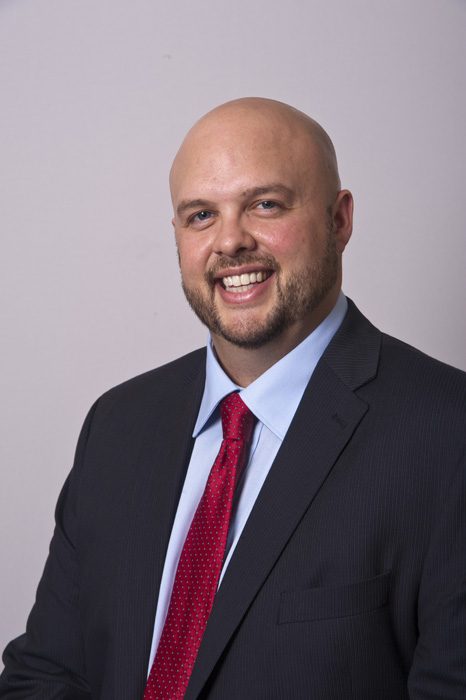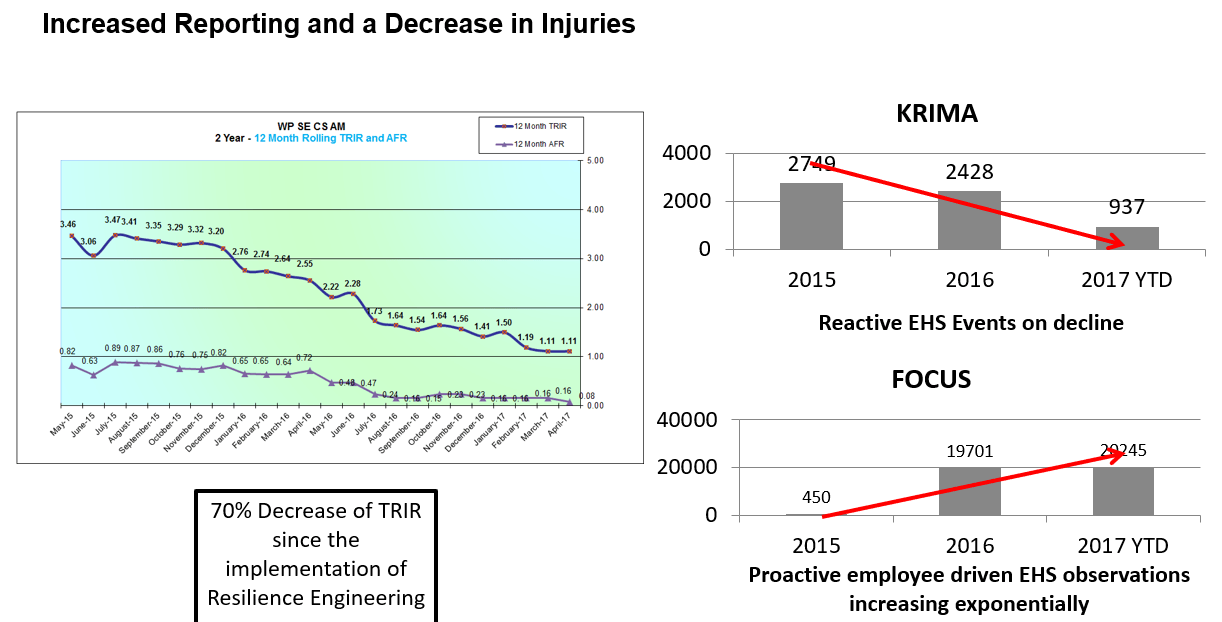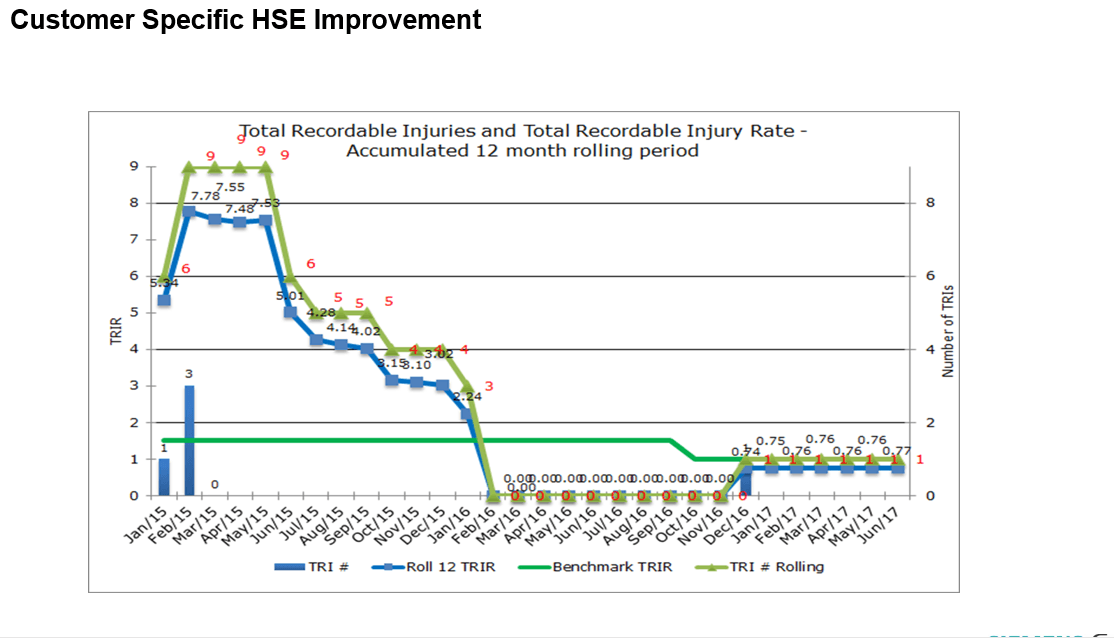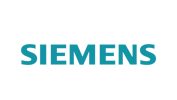
Wesley Witt is currently the director of the quality management and environmental health & safety for Siemens Gamesa Renewable Energy Service North America. Wesley has more than 12 years in the energy service industry in quality and safety management from the project level to executive management. Wesley has been implementing human performance and resilience engineering practices into Siemens energy service operations in 2008. Wesley has a patent pending with Siemens for a Resilience Management System process to manage risk and error likely situations to reduce safety and quality loss to organizations. Wesley has authored several articles on resilience engineering and human performance practices and received his master’s degree in Safety, Security and Emergency Management from Eastern Kentucky University.
EXECUTIVE SUMMARY
One of the many challenges in safety management today is how to influence culture, safe actions, and decision making in an open loop system with employees spread across the country. Basically, the challenge is how do we get people to make the lower risk decision when nobody is looking and free will is the biggest influence in the room. This means effectively influencing employees to act with the core values and expectations communicated to them from their leadership when they have the choice to take safe action or look the other way. The key is utilizing a page from the playbook of social media platforms and consumer influence and apply this to safety management to influence behavior and decision making. If Starbucks can influence millions of people to stop for a coffee because they watched their friend check into Starbucks on Facebook, then we can use the same concept to drive employees to take safe actions to mitigate risks or hazards with social influence.
The Social Media Platform Challenge
Safety and safe behavior is influenced by many variables such as individual training, personal values, professional ethics, education and social systems and management systems that influence decision making. On a simple level, individual’s choices are largely influenced on our core values, but external influence has a substantial impact on decision making. Marketers have used this understanding for years to drive market behavior. Coca Cola is good example as they have spent countless millions in advertising to keep their brand in front of people using television so that when someone is thirsty, hopefully they think of Coca Cola. Facebook is the latest evolution of marketing with the utilization of attention people place on their social media platform. When you friend checks into Starbucks suddenly you see an ad for Starbucks pop up on your feed. Starbucks runs those ads with the hope that you are seeing your friends with their product and it might influence you to try the same. The subtle social peer pressure drives consumer behavior. If all off this can be done with consumer behavior to influence you to buy a product can this be accomplished to drive other behaviors? Can we use the concepts of social media marketing to socially influence decision making to influence a person to make a safer lower risk option? Not only is the answer yes but it has been done and we have over 3 years of operational experience doing this to prove the theory is not just a theory but a fact.
The problem in safety management influencing human behavior to make risk decisions can be solved with the same concepts used to by social media marketers to drive consumer behavior. The current methodologies for safety management are stale and have not kept up with other concepts of influencing human behavior. The solution is simple to implement but the consequences is lost opportunity to be proactive and bring safety management into the digital age to reduce incidents and save lives through smart technology and intelligent design with the human brain in mind.
This paper will provide a basic understanding of human decision making and social influence to impact human behavior. The understanding of how social media is shaping consumer behavior and social behavior will be explained in this study. The paper will relate how this has been done to improve safety within a large organization with continued results for almost three years to prove theory is not a theory but fact.
After reading this study the reader will have the tools and information to create their own simple social media platform for safety management. They will understand how to utilize the platform to influence behavior, individual choices and safe actions to proactively reduce incidents.
The Process
We designed and implemented a social media platform for a SGRE a company with more than 700 employees based across the country. The social media platform influenced safe choices by employees to drive them to use specific human performance tools and risk mitigation management systems. The use of the platform became a two-way communication system that allowed real time feedback from all employees back to the management team to identify and mitigate at risk conditions and error likely situations to prevent incidents. The social media platform was used to direct the actions of the employees and receive feedback to create a fully integrated social system designed to influence behavior based on the concepts of social media platforms, social influence and the understanding of how to influence individual choices and decision making. This process is the most innovative safety system in the industry. The process consisted of creating an online survey in the form of a mobile app for proactive safety observations.
- Technicians are trained on what a proactive observation is and how to enter the information into the system.
- The employees are incentivized to enter observations as part of their financial safety incentives to create safe actions and mitigate the risk of their everyday tasks.
- A communication plan is implemented to drive priority of entering observations and provide risk information from previous incidents.
- Once a critical mass is reached in the observation system then the observations are switched to targeted observations directed by the leadership team to drive all employees to observe and mitigate specific at-risk conditions and error likely situations.
- The targeted observations now have all technicians focused on the same at-risk condition or behavior to eradicate the issue before an incident occurs.
The Results
The results of this study over approximately a 2 year period was increased reporting, increased organizational learning, increased risk mitigation, and the reduction in total recordable incident rate.
- TRIR from 3.46 to 1.0 in 2 years
- 4400% increase in proactive reporting over 2 years from 450 observations year one to over 20 thousand.
- 66% reduction in reactive incidents
- Some individual sites did not have a recordable incident for almost 2 years
- In addition to the improvement in safety there was an increase in quality and efficiency leading to overall performance improvement
- Increased employee and customer satisfaction



ABOUT SIEMENS
Siemens Gamesa is a leading supplier of wind power solutions to customers all over the globe. A key player and innovative pioneer in the renewable energy sector, we have installed products and technology in more than 90 countries, with a total capacity base of over 84 GW and 25,000 employees.
